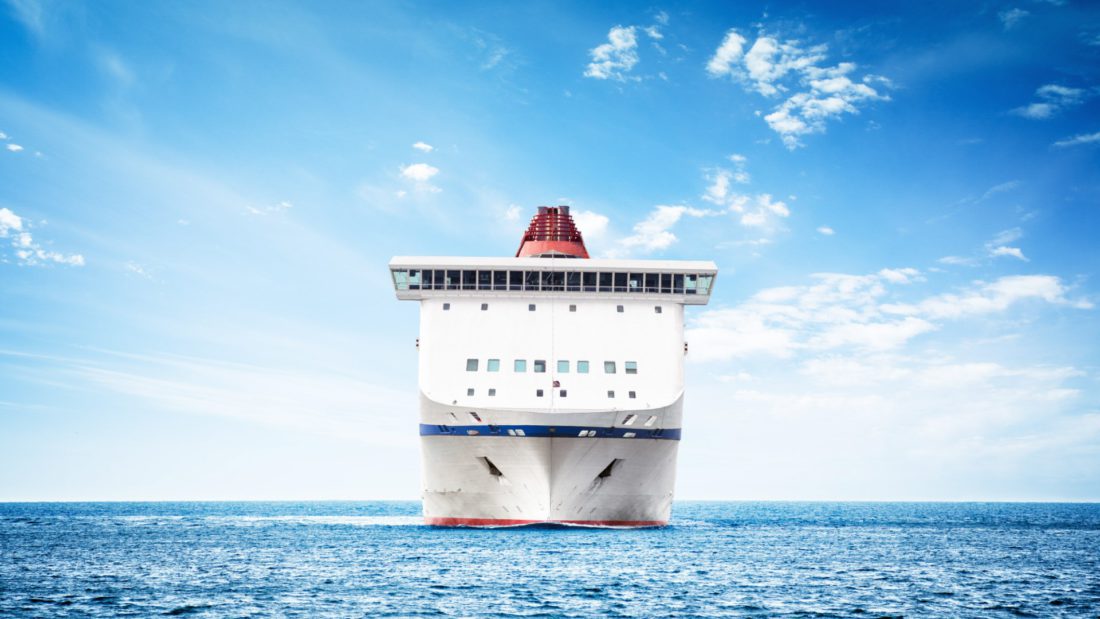Future Fuels in Shipping
Comparing future fuels in shipping
Using alternative fuels in marine transport can play a critical role in decarbonising the shipping sector and contributing towards climate change goals. The market for alternative fuels continues to develop through ship builders, engine manufacturers and classification societies under the guidance of MARPOL regulations (International Convention for the Prevention of Pollution from Ships) adopted by the International Marine Organisation (IMO).
One key consideration for marine alternative fuels is how current maritime legislation, largely shaped towards conventional fuel types, addresses the adoption of alternative fuels. For example, to meet NOx emission limits, an Engine International Air Pollution Prevention (EIAPP) Certificate under MARPOL is required when building a maritime diesel engine according to the NOx Technical code. In the future EIAPP certificates will need to address emissions from combusting alternative fuels to ensure that the market can provide the necessary solutions to aid in the decarbonisation of the maritime industry. The table below provides an overview of the major fuel options available within the marine sector. It considers the current advantages, disadvantages, emissions profile as well as where catalytic solutions exist in controlling and reducing these emissions.
Future fuels in shipping |
||
| Hydrotreated Vegetable Oil (HVO) / Heavy Fuel Oil (HFO) / Marine Diesel Oil (MDO) | Advantages |
|
| Disadvantages |
|
|
| Emissions profile |
|
|
| Catalytic solutions |
|
|
| Ultra-Low Sulfur Diesel (ULSD) | Advantages |
|
| Disadvantages |
|
|
| Emissions profile |
|
|
| Catalytic solutions |
|
|
| Bio / e LNG | Advantages |
|
| Disadvantages |
|
|
| Emissions profile |
|
|
| Catalytic solutions |
|
|
| Bio / e Methanol | Advantages |
|
| Disadvantages |
|
|
| Emissions profile |
|
|
| Catalytic solutions |
|
|
| Ammonia | Advantages |
|
| Disadvantages |
|
|
| Emissions profile |
|
|
| Catalytic solutions |
|
|
| Hydrogen | Advantages |
|
| Disadvantages |
|
|
| Emissions profile |
|
|
| Catalytic solutions |
|
|
Legend: |
|
| SCR | Selective Catalytic Reduction |
| NOx | Nitrogen oxides |
| SOx | Sulphur oxides |
| PM | Particulate Matter |
| NMHC | Nonmethane Hydrocarbon |
| CO | Carbon monoxide |
| CO2 | Carbon dioxide |
| DPF | Diesel particulate filters |
| GHG | Greenhouse gas emissions |
| CH4 | Methane |
| LNG | Liquefied Natural Gas |
| CH2O | Formaldehyde |
| N2O | Nitrous oxide |
| NH3 | Ammonia |
| ASC | Ammonia Slip Catalyst |
| H2 | Hydrogen gas |
| TRL | Technology Readiness Level |
About IACCSEA
Since its formation in 2011, IACCSEA has had a primary focus of demonstrating the technological and economic viability of catalytic technology for reducing emissions from shipping.
We do this by:
- Sharing objective and factual technical information
We leverage our collective industry expertise and networks to gather and disseminate objective and factual technical information on marine catalytic emission control technologies (including costs and benefits) and promote awareness of this technology, including latest developments.
- Contributing to industry groups and forums, and regulatory discussions
We use our voice to primarily inform regulators and the shipping community that proposed regulations for reducing emissions from shipping can be met through commercially available catalytic after treatment technology.
- Working with others in the shipping community
We work closely with other stakeholders in the continued development and implementation of strategies that lead to cleaner shipping and raises awareness of the benefits of this technology among stakeholder groups and in the regulatory arena.

